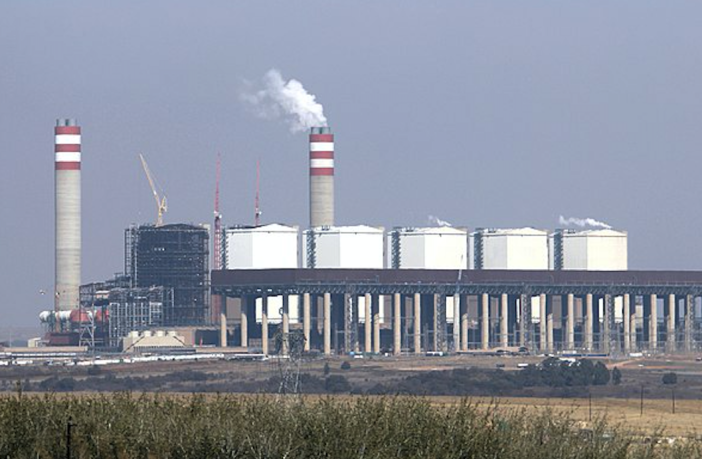- South Africa’s power utility, Eskom, has annouced that Unit 4 at the Kusile Power Station Project was connected to the national grid for the first time on 23 December 2021.
- This synchronisation milestone means four generating units of the power station are now connected to the grid, and will contribute an additional 800MW to the country’s power system once the unit is fully optimised.
The unit will supply electricity intermittently during the testing and optimisation phase over the next six months, before being handed over to the Generation division to officially be part of the commercial fleet. This will further assist Eskom as it works tirelessly to address the supply capacity challenges.
“This milestone is just what the country needs to power South Africa and its economy. This achievement signifies the relentless efforts from the team in ensuring that the power station project is completed without any further delays, which would help strengthen South Africa’s electricity capacity” said Bheki Nxumalo, Group Executive for Group Capital. “I am grateful for the commitment displayed by the Kusile Execution Team and its contractors.”
Related news: Major costly design flaws at Kusile Power Station
Eskom said that since synchronization last week, the unit has performed to expectation, intermittently generating up to 330MW.
Construction and commissioning activities on the remaining Kusile Units 5 and 6 continue to progress according to plan.
At completion, the station will consist of six units, and will produce a maximum 4 800MW. Situated near eMalahleni in Mpumalanga, Kusile is South Africa’s largest construction project and will be the world’s fourth largest coal plant.
Related news: The new build Kusile power plan has been plagued by overpayments and corruption.
Eskom has fitting wet flue gas desulphurisation (WFGD) to the Kusile plant as an atmospheric emission abatement technology, in line with current international practice, to ensure compliance with air quality standards, making it more environmentally friendly.
Kusile is the first power station in South Africa and Africa to use WFGD technology. WFGD is the state-of-the-art technology used to remove oxides of sulphur (SOx), for example, sulphur dioxide (SO2), in the emmissions of power plants that burn coal or oil.
Author: Bryan Groenendaal











